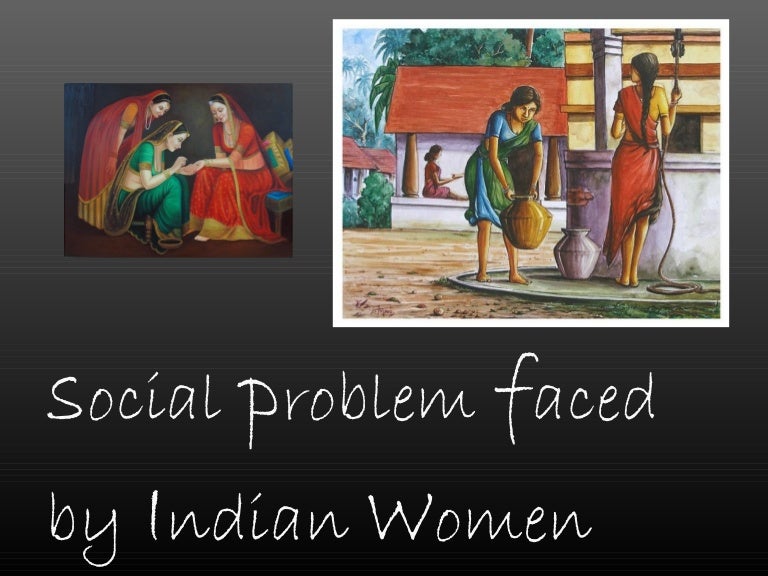


Ensuring India’s children are sufficiently protected requires more than the existing investment, which too is focused on post-incident responses. Prevention is central to UNICEF programming as it is the most effective way to deal with child sexual abuse and exploitation. UNICEF also focuses on implementation of key child protection legislation and promotion of practices that protect children from violence, abuse and exploitation.īuilding on increasing awareness towards child abuse in India, UNICEF can play a major role in enhancing two missing elements of government action: prevention and rehabilitation of survivors of child abuse and exploitation. UNICEF in India works towards strengthening child protection systems ending child marriage protecting children on the move promoting family-based alternative care, adolescent participation and engagement, and mental health and psychosocial support (MHPSS) and preventing child labour, violence against children, and gender-based violence. Progress has been made in generating social awareness, enhancing legislation and nurturing action towards ending violence, abuse and exploitation of children, but more needs to be done to ensure survivors and their families benefit from sensitive, timely and efficient protection and services. However, research studies show that children who grow up in institutional care demonstrate long-term adverse outcomes in terms of physical, cognitive, and mental health. In the absence of viable options, institutional care is the primary response for children in such situations. These children include those living on the streets, transport terminals, and childcare institutions as well as child workers or child victims of human trafficking. Yet, across the world, children continue to be separated or are at a risk of being separated from their families. UNICEF strongly believes that all children have the right to grow in a safe and nurturing family environment. As per the National Family Health Survey (2019-21), 1.5% of young women in the age group 18-29 reported having experienced sexual violence before the age of 18. We all need to come together to #ENDviolence against children.ĭata on sexual violence is scarce and is mainly based on the reporting of cases, thus implying that the figures underestimate the magnitude of the problem, especially as many cases go unreported.įrom the cases that are reported, it can be observed that sexual abusers are mainly male and often individuals known to the child. Several cases that may have earlier gone unnoticed, are now being reported.Īnger and shock at child sexual abuse and violence against children are not enough. All forms of violence, abuse and exploitation have lifelong consequences on children’s lives.Įxact data on violence, abuse and exploitation is not sufficient, but overall the nation is becoming increasingly aware of violence against children, especially sexual abuse. Both girls and boys in India face early marriage, domestic abuse, sexual violence, violence at home and in school, trafficking, online violence, child labour and bullying. Violence against children is widespread and remains a harsh reality for millions of children from all socio-economic groups in India. In 2019, the Protection of Children from Sexual Offences Bill was amended, stipulating stricter punishment for sexual crimes against children. Over the past five years, notable efforts have been made to set up fast track courts and deal with cybercrime against children and women. The core child protection legislation for children is enshrined in four main laws: The Juvenile Justice (Care and Protection) Act (2000, amended in 2015) The Prohibition of Child Marriage Act (2006) The Protection of Children from Sexual Offences Act (2012), and The Child Labour (Prohibition and Regulation) Act (1986, amended in 2016). India has a fairly comprehensive policy and legal framework addressing rights and protection for children, providing opportunities to ensure that all children have equal access to quality protection services. Often violence is perpetrated by someone known to the child. Violence takes place in all settings: at home, school, childcare institutions, work and in the community. As a result, millions of children are prone to violence, abuse and exploitation. The challenge is in implementing the laws due to inadequate human resource capacity on the ground and quality prevention and rehabilitation services. India has a wide range of laws to protect children and child protection is increasingly accepted as a core component of social development.


 0 kommentar(er)
0 kommentar(er)
